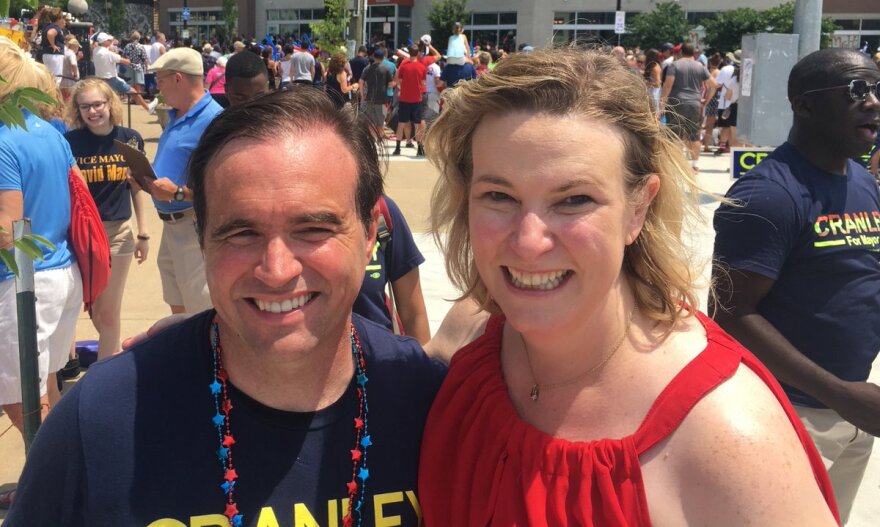The Los Angeles Dodgers waited 32 years between World Series championships before winning one this fall. The Cincinnati Reds are at 30 years and counting.
The Ohio Democratic Party can't wait that long to win some statewide elections.
It was 2006 when the Democrats won all but one of the statewide constitutional offices, back when Ted Strickland became governor.
Since then, three statewide election cycles have come and gone – 2010, 2014, and 2018 – and the Ohio Democratic Party is 0-15 in those statewide offices. Completely skunked. Ohio Republicans not only have tossed a no-hitter against the Democrats over the past 14 years; they've pitched a perfect game. No runners even reached first base.
Both political parties have had droughts in successive elections over the years, but if this continues in 2022, when all the statewide offices are up for re-election, it will be getting very close to disastrous for the Ohio Democratic Party.
Every one of the current crop of statewide officeholders appears ready to run for re-election – Gov. Mike DeWine and his running mate, Lt. Gov. Jon Husted; Attorney General Dave Yost; Secretary of State Frank LaRose; State Auditor Keith Faber; and Treasurer Robert Sprague.
The Ohio Democratic Party needs to find a way to break through that red wall of incumbents two years from now.
If they don't, the party may cease to be relevant.
David Pepper, the chairman of the Ohio Democratic Party, is not at all convinced it is going to get that bad. He still sees opportunities for Democratic candidates two years from now.
"We've got a good bench of candidates in a tough state,'' Pepper said.
Some would accuse Pepper of whistling past the graveyard, but there are some candidates already stirring for 2022.
Two of them are close friends and political allies, Cincinnati Mayor John Cranley and Dayton Mayor Nan Whaley.

Cranley's been out and about in Ohio, sniffing out the possibilities of a run for governor. He's term-limited out of the mayor's office in 2021.
Whaley is said to be considering either the governor's race or the U.S. Senate race, where two-term Republican Rob Portman is running for re-election.
Portman won re-election in 2016 by 20 percentage points over former Governor Ted Strickland. There are many Democrats in Ohio who think that Rep. Tim Ryan, D-Niles, would be the Ohio Democratic Party's strongest candidate to take on Portman.
DeWine appears to be in a strong position for re-election, even though he has been hounded by the far-right conservatives and many GOP state legislators over his cautious re-opening of Ohio's economy during the COVID-19 crisis.
DeWine, who will be 75 by Election Day 2022, would seem to be a prime target for a well-known Ohio conservative in a Republican primary.
But his prodigious fundraising is likely to chase away any GOP challengers. In 2018, he raised a record $35.6 million to defeat Democrat Richard Cordray to become Ohio's 70th governor.
He will no doubt break his own record running as the incumbent governor.
Avoiding four no-hitters in row in 2022 is going to stretch the Ohio Democratic Party to its limits.





